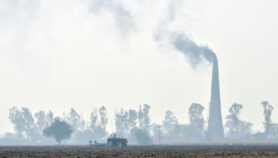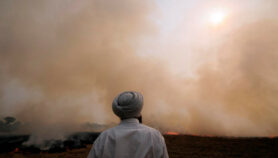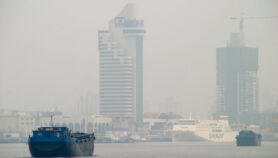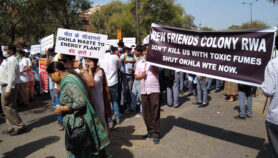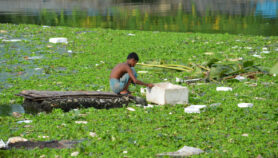13/12/21
Toxic air endangers 600 million people in South Asia
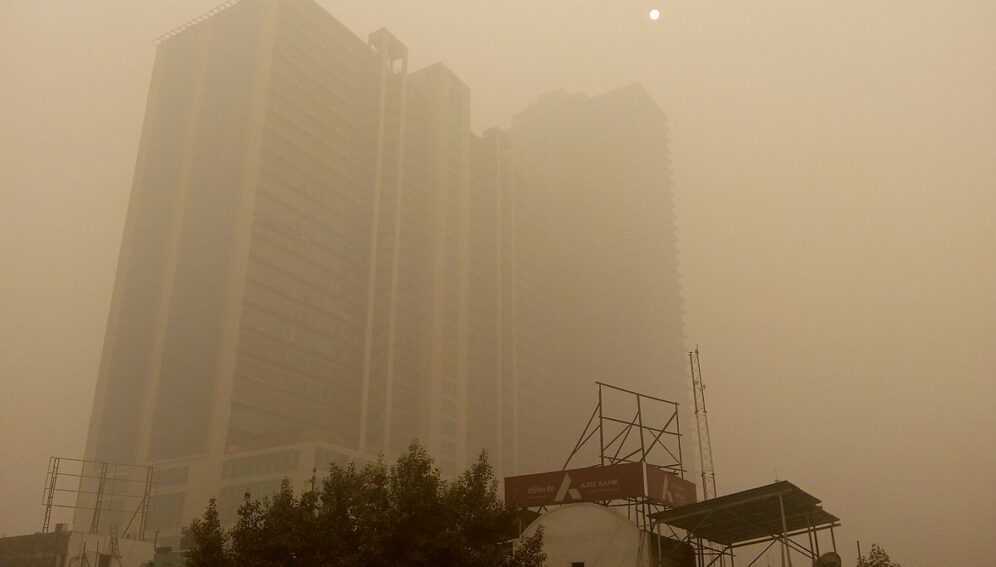
By: Ranjit Devraj
Send to a friend
The details you provide on this page will not be used to send unsolicited email, and will not be sold to a 3rd party. See privacy policy.
For Bangladesh, residents may live 5.4 years longer if pollution levels meet the WHO guidelines, while residents of its capital city Dhaka could live 7.7 years longer. Those living in the polluted Terai region of Nepal stand to gain 6.7 years. In Lahore, Pakistan’s second-largest city, residents may live five years longer if the WHO guidelines are followed.
“While the exact source of smog over the Indo-Gangetic plains is still being investigated, it is evident that residents of the region, including Kathmandu, are severely affected by respiratory and cardio-vascular ailments during winter,” says Bhupendra Das, a pollution researcher at the Institute for Advanced Sustainability Studies, in Potsdam and at Tribhuvan University, Kathmandu.
“The winter months see ‘temperature inversion’ which traps particle pollutants and prevents the dispersion,” he adds. “If the pollutants come from burning plastic waste they are likely to release chlorides, including dioxins and furans which are among the most toxic substances known to man.”
The WHO says particulates cause health problems according to source, size and physical and chemical properties and that the wide variability makes research difficult. Additionally, airborne particulate matter is constantly on the move and undergoes chemical and physical changes in the atmosphere.
Some of the complexity of studying PM 2.5 is evident in research conducted by the Indian Institute of Technology – Madras and published January in Nature Research that showed how pollution over Delhi is different from that in other cities for its high chloride content that was responsible for the haze, lowered visibility and health impacts.
The authors suggest that local concentrations of hydrochloric acid, emitted from burning plastic, contributed significantly to reduced visibility. “Our work implies that identifying and regulating gaseous hydrochloric acid emissions could be critical to improving visibility and human health in India.”
In 2019, the Indian government declared a “war on pollution” and launched a National Clean Air Programme with a declared goal of reducing particulate pollution by 20—30/ per cent by 2024 from 2017 levels, although the situation has only worsened since.
In August the local state government in Delhi began installing smog towers at key areas of the city to vacuum up particulate matter and pollutants. However, these 24-meter high structures have not performed at the claimed 80 per cent efficiency with readings for late November and December showing efficiency rates of less than 40 per cent.
In fact, one tower showed the filtered air bearing 300 milligrams of particulate matter per cubic meter — a far cry from the safe limit of five micrograms per cubic meter prescribed by the WHO, making little difference to the number of years of life expectancy that Delhi residents stand to lose.
This piece was produced by SciDev.Net’s Asia & Pacific desk.










